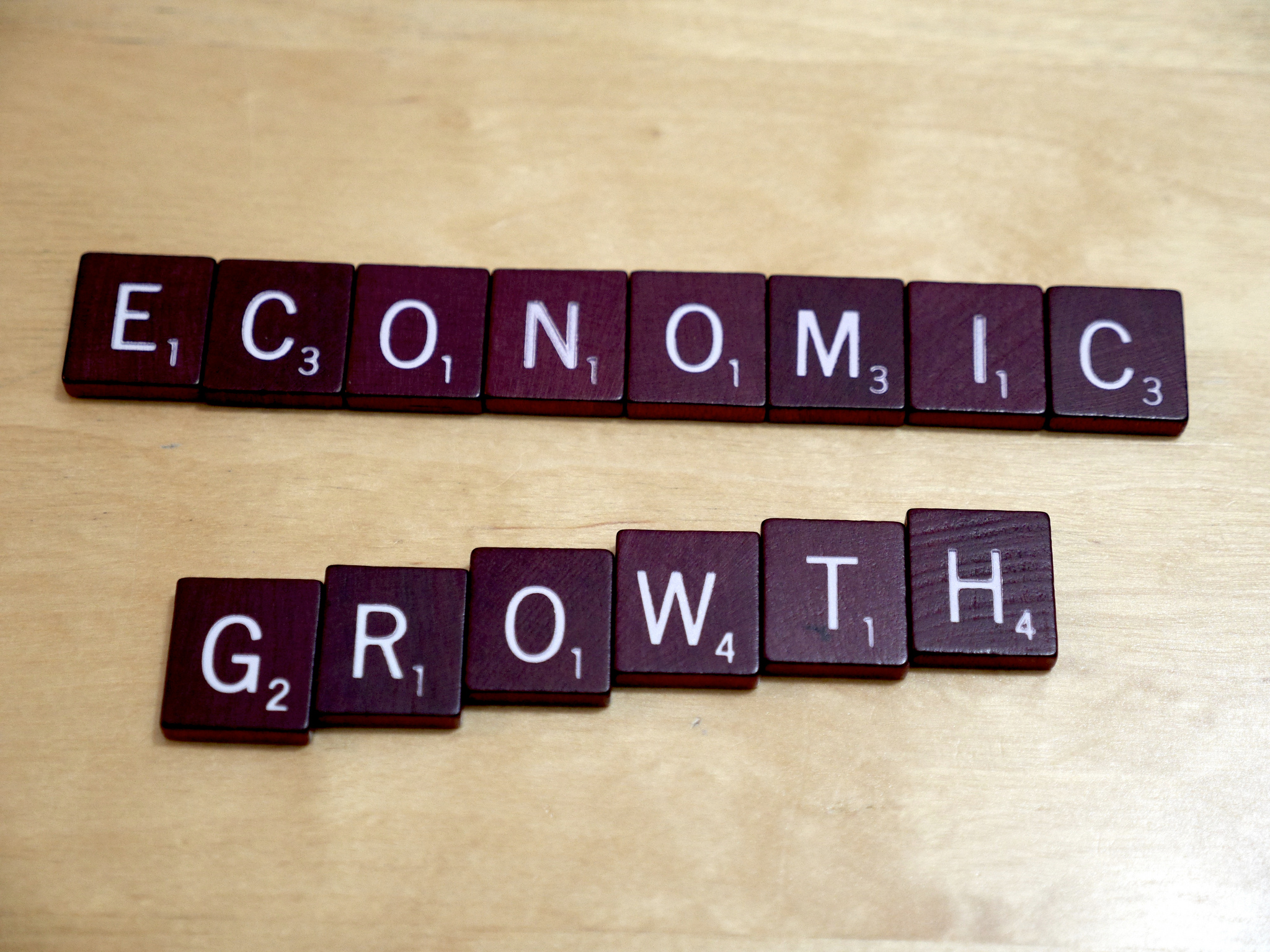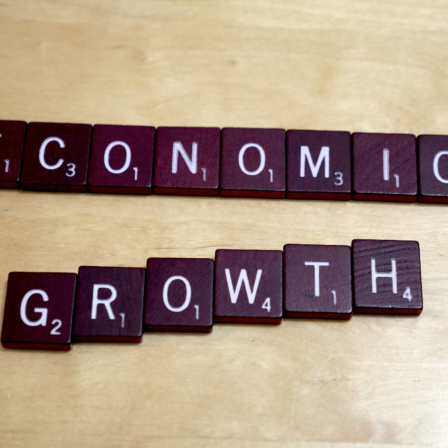Unlimited economic growth is not possible because our world has limits. If continued for long, exponential growth will lead to an untenable situation. Maintaining an annual economic growth rate of three per cent for the next 400 years would mean a 120,000-fold increase in production. Such an outcome is impossible, even absurd. It is clear that rapid growth cannot continue forever. However, the limits of growth are unknown.
According to the future scenarios developed in the 1970s, the current state of the world economy should be impossible. Back then, experts thought that the world would never be able to feed over 6 billion people. They also estimated that oil and other key raw materials would run out by 2000. But that did not happen. Food production has grown more rapidly than the population and we have continued to discover new raw material resources. We know for sure that this cannot go on forever; on the other hand, we cannot predict when we will reach the final limits of growth. These are determined by how advanced our technologies are.
Technological development is the number one factor that has kept us from reaching the limits of growth in terms of the human population and the world economy. Thanks to technological development, production volumes have grown more than production inputs. Economic growth has also made it possible for the population to grow rapidly as living standards have improved.
Although the limits of growth are unknown, they cannot be exceeded. Market mechanisms will ensure that overconsumption cannot continue for very long: scarcity of resources leads to price increases, which in turn limit economic growth. Nevertheless, we can assume that resources will be sufficient for now, despite the fact that many countries will face a shortage of arable land and fresh water within just a few decades. The energy production of developing countries can still be increased markedly by using more affordable sources, such as coal, natural gas and nuclear power. Of course, this approach is not without its problems from the environmental perspective. The rapid economic development of the Asian giants is likely to place a major growing strain on the environment. Increased energy consumption will also lead to increased global greenhouse gas (GHG) emissions. We can also expect Africa to experience strong population and economic growth during this century.
In the old industrialised countries, economic growth has already slowed down significantly and is likely to remain sluggish during this century. The reasons for this include the levelling off in population growth and slowing productivity growth. Although these changes affecting Europe and Japan are not enough to slow the growth of the overall world economy, they are reducing the relative importance of the old industrialised countries. A slowdown in economic and population growth means a reduction in the use of energy and materials in the old industrialised countries, as a result of which their ecological footprint will begin to shrink. Slow economic growth and the ageing of the population may, however, reduce the old industrialised countries’ ability to maintain their welfare systems, which will erode their social sustainability.
From the viewpoint of global sustainable development, the key issue is therefore what happens in developing countries. Developing countries need their economies to grow in order to emerge from poverty. This is imperative for ensuring the social sustainability of global development. However, their growing economies are posing a challenge to ecological sustainability. To maintain some degree of control over global environmental problems, the growth of developing countries needs to be based more on low-emission and resource-efficient technologies. The development of technological solutions of this kind is now a key priority.
This text is part of the blog series “Sustainably”.
























Recommended